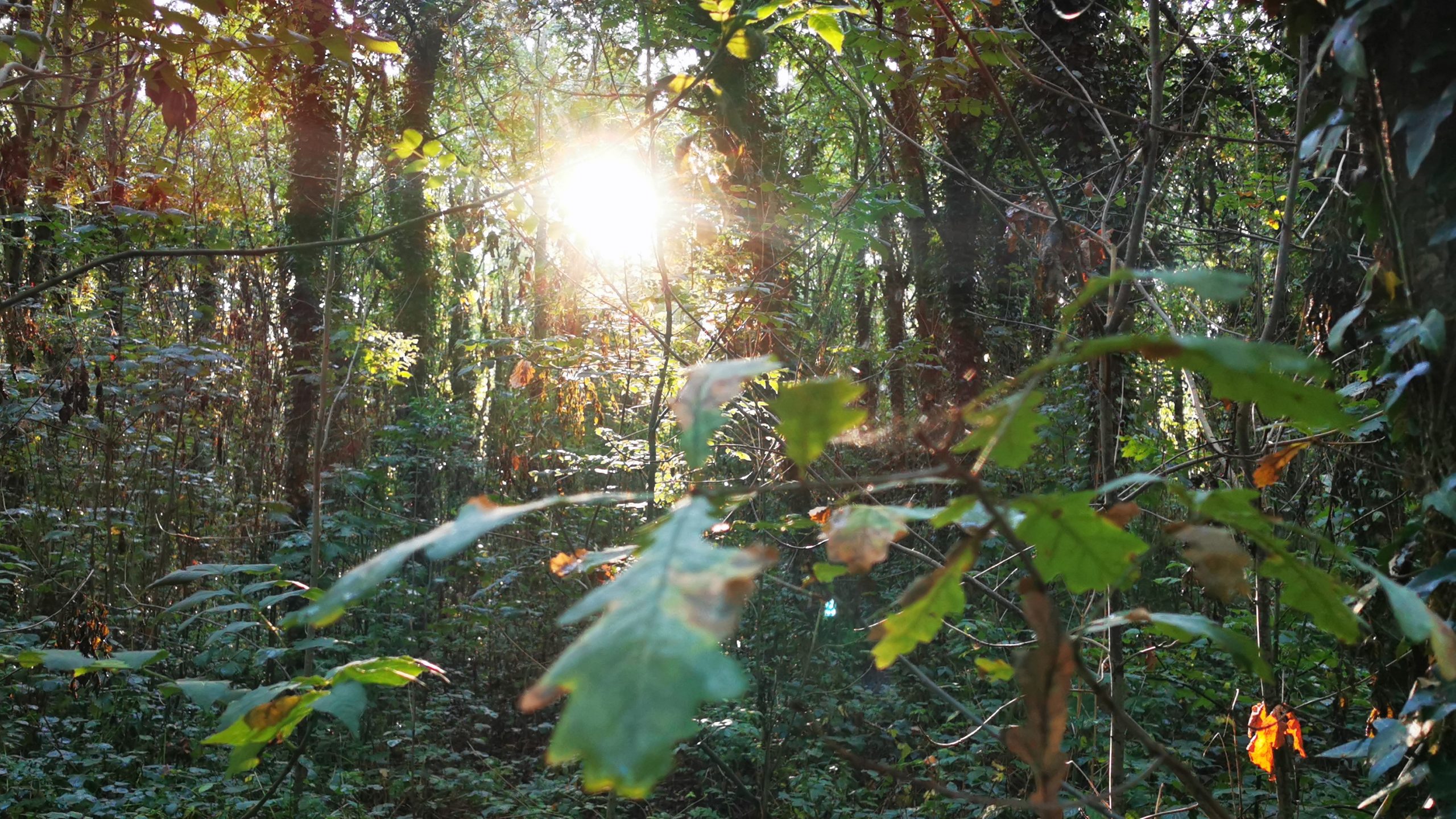
04 Jun The History of Irish Forestry: From Ancient Roots to Modern Sustainability
The History of Irish Forestry: From Ancient Roots to Modern Sustainability
Introduction
Welcome to our short guide on The History of Irish Forestry. In this article, we will delve into the origins and development of forestry in Ireland, tracing its journey from ancient times to the present day. Explore the rich tapestry of Ireland’s forestry heritage, discover the impact of key historical events, and learn how modern sustainable practices have shaped the country’s woodlands. So, let’s embark on this fascinating journey through time, where nature and history intertwine!
The History of Irish Forestry
Forestry has been an integral part of Ireland’s landscape and culture for centuries. The country’s lush greenery, diverse ecosystems, and favorable climate have nurtured a deep-rooted connection between the Irish people and their forests. Let’s take a closer look at the pivotal moments and significant developments in the history of Irish forestry.
Ancient Times: Early Utilization of Forest Resources
In the early stages of human settlement in Ireland, forests played a crucial role in providing food, shelter, and fuel for survival. Ancient communities recognized the value of forests and employed their resources wisely. The earliest recorded evidence of human interaction with forests in Ireland dates back to 7000 BCE, during the Mesolithic period.
Mesolithic Period and Early Settlements
During the Mesolithic period, Ireland witnessed the establishment of small settlements near forests. These early communities relied on forests for hunting game, gathering edible plants, and utilizing timber for constructing shelters and tools. The forests provided a vital lifeline for their sustenance.
The Arrival of Agriculture and Early Deforestation
As agricultural practices spread throughout Ireland, forests faced increasing pressures. The arrival of early farming communities led to the clearance of land for cultivation, resulting in deforestation. However, it’s important to note that these communities still maintained a symbiotic relationship with forests, utilizing their resources while preserving their overall integrity.
Medieval Era: The Influence of Norman Conquests
The medieval period in Ireland witnessed significant transformations and the arrival of the Normans had a profound impact on the country’s forestry landscape. Let’s explore how this era shaped the history of Irish forestry.
Norman Conquests and Forest Law
With the Norman conquest of Ireland in the 12th century, forest law was introduced to regulate the management and use of forests. The Normans recognized the strategic importance of forests and enacted laws to protect them. These regulations aimed to safeguard valuable timber reserves for shipbuilding, hunting, and other royal pursuits.
Royal Forests and Game Preservation
During the medieval era, Irish forests became closely associated with the hunting reserves of the Anglo-Norman aristocracy. The establishment of royal forests, such as the extensive Forest of Kilmore in County Armagh, restricted access to commoners and focused on preserving game populations for hunting by the elite.
Colonial Era: Commercial Exploitation and Plantations
The arrival of European colonial powers in Ireland brought about significant changes in the country’s forestry practices. The exploitation of natural resources and the establishment of plantations transformed the landscape. Let’s examine this era and its lasting impact.
Tudor and Stuart Plantations
In the 16th and 17th centuries, the Tudor and Stuart monarchs initiated plantation schemes in Ireland. These endeavors aimed to establish English and Scottish settlers in designated areas, leading to the displacement of native populations. Large-scale deforestation occurred as forests were cleared to make way for agricultural and commercial activities associated with the plantations.
Commercial Exploitation and Timber Trade
During the 18th and 19th centuries, Ireland experienced an increased demand for timber due to industrialization and the growth of the British Empire. This demand fueled extensive logging operations across the country. Irish timber, particularly oak, became a valuable export commodity, contributing to the economic development of the region.
Modern Era: From Conservation to Sustainable Forestry
The modern era brought about a shift in the perception and management of Ireland’s forests. Conservation efforts, reforestation initiatives, and the recognition of the importance of sustainable forestry practices have shaped the contemporary landscape. Let’s explore the developments of this era.
Reforestation and Afforestation Programs
In the early 20th century, the importance of reforestation became apparent, leading to the establishment of afforestation programs. The government initiated ambitious planting schemes, such as the establishment of Coillte, the State Forestry Board, in 1988. These programs aimed to increase forest cover, improve biodiversity, and promote sustainable timber production. New Afforestation Grants were announced in 2023.
Modern Sustainable Forestry Practices
Today, Ireland boasts a thriving forestry sector, encompassing sustainable practices that prioritize ecological integrity and economic viability. Forestry management focuses on sustainable timber production, wildlife conservation, carbon sequestration, and the provision of recreational spaces. The Forest Stewardship Council (FSC) certification ensures responsible forestry practices and fosters environmental and social sustainability.
FAQs about the History of Irish Forestry
- FAQ: When did Ireland witness the first human interaction with forests? Answer: The earliest evidence of human interaction with forests in Ireland dates back to 7000 BCE during the Mesolithic period.
- FAQ: How did the arrival of the Normans influence Irish forests? Answer: The Normans introduced forest law to regulate forest management and protect valuable timber resources.
- FAQ: What was the purpose of the Tudor and Stuart plantations in Ireland? Answer: The Tudor and Stuart plantations aimed to establish English and Scottish settlers in designated areas, leading to widespread deforestation.
- FAQ: How did commercial exploitation impact Irish forests? Answer: During the 18th and 19th centuries, Irish timber, particularly oak, became a valuable export commodity, resulting in extensive logging.
- FAQ: What are the goals of modern sustainable forestry practices in Ireland? Answer: Modern sustainable forestry practices focus on ecological integrity, economic viability, biodiversity conservation, carbon sequestration, and the provision of recreational spaces.
- FAQ: What is the Forest Stewardship Council (FSC) certification? Answer: The Forest Stewardship Council (FSC) certification ensures responsible forestry practices, promoting environmental and social sustainability.
Conclusion
As we conclude our journey through the captivating history of Irish forestry, we witness its evolution from ancient times to the present. Ireland’s forests have witnessed the ebb and flow of civilizations, the rise and fall of empires, and the transformation of land and culture. Today, sustainable forestry practices prioritize the delicate balance between human needs and ecological well-being. The history of Irish forestry serves as a testament to the enduring relationship between the Irish people and their natural heritage.
Ecoplan Forestry specialises in Native Woodlands – Native Woodland Management, Establishment, and Consultancy. For more information, please contact us.
See our Forest Management Services page for what else Ecoplan can do for you.
And visit About Us to learn more about Ecoplan Forestry
You can read all about the Schemes small print on the Department of Agriculture / Forest Service Website



